INTRODUCTION
IMR Acoustics is a brand that many would associate with the now-defunct “Trinity Audio”, a company that went on Kickstarter to promote and sell their products, subsequently failing to fulfill many of their orders and essentially scamming many people out of their money.
Bob, also known as “RockBob” in other circles, started his audio career with Rock Jaw Audio as the Head Designer. Trinity Audio was subsequently created, and upon its failure, spun off into what we know now as IMR Acoustics. IMR does not have the same controversies that Trinity had with regards to fulfilling orders, but you can see how Bob’s association with the company is a controversy in by itself.
IMR started its journey with the R1, a hybrid using a dynamic and a ceramic piezoelectric driver. This was followed by the R1 Zenith, an update to the R1 with near-lawsuit levels of similarity to Acoustune’s unique shell designs, but that’s a whole different topic.
With the history lesson out of the way, let’s focus on the R2 Aten. Taking cues from its predecessors, the R2 has the same driver configuration but now with even more tuning options, sporting both interchangeable nozzles and interchangeable dampers. With the discontinuation of the original R1 in favour of the R1 Zenith and the release of the new “RAH” tribrid flagship, the R2 now sits as the middle child of IMR’s ever-rotating lineup of IEMs.
Product page: https://imracoustics.com/products/imr-r2-aten
MSRP: £400 (~$500)
Driver configuration: 1DD + 1 Piezo hybrid
This unit was kindly loaned to me by one of my Patrons, Justin.
FREQUENCY RESPONSE ANALYSIS
This section is meant for those who have not learnt how to interpret the graphs that I create.
For the full list of nozzle measurements, visit the dedicated graph page.
The R2 comes with two interchangeable components: the nozzle and the filter (which screws onto the nozzle). The nozzles mainly affect the bass region (with the exception of the gold nozzle) and the filters mainly affect the upper-midrange/treble regions.
There are 5 nozzles and 6 filters available, resulting in 30 unique combinations that you can try out.
The manufacturer provided data is largely correct (again, with the exception of the gold nozzle) in that the black nozzle results in the greatest bass response, while the green nozzle creates the least.
The red and black nozzles are largely identical in response to each other with very mild variations in sub-bass-ish frequencies, so it honestly doesn’t really matter which one you choose if all you’re looking for is the most bass.
The purple (looks more like pink) nozzle is the middle-ground solution, providing the most “balanced” bass response of the lot. However, it does so in a way that rolls off the lowest frequencies first which results in a wide-band emphasis of lower mids and midbass. Not exactly ideal as this range can result in muddiness or a “boxy” (actual professional term) sound.
The green nozzle just rolls off the bass entirely. Not recommended at all.
The gold nozzle has a sealed front volume which results in the same levels of bass response as the red and black nozzles, though with additional damping materials in the nozzle that affect higher frequencies. The regions between 1kHz and 4kHz are suppressed while the 5-6kHz peak remains intact, a tuning decision that really doesn’t make sense. Subjectively, on top of the potential bass bloat, there might be harshness and shoutiness from the high midrange/upper-midrange contrast.
Just taking a quick jab here: manufacturers should really learn how to take and display measurements better. Nobody really cares about the performance of your IEM at 40kHz; we care about the comparative differences. Which is especially hard to see when your graph is formatted at a 70dB y-axis range at an aspect ratio of about 3:1, which means that anyone without a magnifying glass on hand would be squinting to make out the details.
Changing the filters result in a relatively linear decrease in higher frequencies from about 2kHz up. In order of treble emphasis:
- Blue filter (most treble)
- Black filter
- Purple filter
- Red filter
- Green filter
- Gold filter (least treble)
With the exception of the gold filter (per usual), the differences between filters are minuscle and they serve to fine-tune the overall signature than to completely change it.
The R2 is inherently characterised by its ~6kHz peak similar to IEMs like the VSonic GR07 and the Sony MDR-EX1000. This may translate to sibilance and harshness for some ears.
Comparisons courtesy of the Graph Comparison Tool
The Subjective
The signature
Red/black nozzles: varying degrees of an extreme V-shaped response depending on the filters used.
Gold nozzle: bassy with upper-midrange shout.
Purple nozzle: warm V-shaped sound.
Green nozzle: bright and bassless.
The final ranking will be based on my favourite setting, purple nozzle with purple filter.
The good
The midrange tonality is pretty good and is reminiscent of IEMs like the GR07 and EX800/1000. There’s a bit of the “piezo zing” that I’ve heard before in IEMs like the Radius HP-TWF41 or even the Noble Khan, which helps with putting in some snap and energy in cymbal crashes and hi-hat hits.
The semi-open nature of the R2 also helps with imaging, allowing for the stage to diffuse outward much more than the typical fully-sealed IEM. Though in essence this is more of an expected “cheat” than anything; for the trade-off of losing isolation, you’d usually gain back in soundstage size.
The bad
Where to start. Let’s begin with the worst: the absolute mess that are the green and gold nozzles.
The green nozzle seems to be built under a very basic concept: break the seal of an IEM, and you get no bass. Except this time, IMR thought it would be a good idea and that someone would like it. There are decent methods to tune a bass roll-off of course, but when the roll-off results in a resonance hump at 500Hz it’s not exactly something I’d call well-implemented.
The gold nozzle are all sorts of wrong on the other end of the spectrum; you get the massive bass response of the red/black filters but then, for whatever reason, suppress the absolutely crucial area of 2-4kHz and then a massive >15dB peak right around 6kHz. It absolutely doesn’t make sense and it sounds wrong.
I know what you’re thinking. Just don’t use the nozzles then! Why are you complaining? It is my philosophy that a manufacturer should be efficient with the usability of their product, especially one with the modularity that the R2 has. With more variables added to the user experience, you run the risk of overwhelming your customers with options since it takes the average listener a few days to go through all the combinations. And when two of your nozzle options are objectively garbage and two are almost identical, it just calls into question whether or not the R2’s modularity is truly useful or if it exists purely as a marketing gimmick.
This criticism extends to the filters as well; it would’ve made more sense to just choose three filters and be done with it, namely the blue, green, and gold filters. But by inflating this number with filters that barely differ with one other (the purple and red one in particular), the manufacturer just introduces unnecessary confusion to the average end-user (that most likely won’t have a microphone like me). Even from my perspective as a reviewer, it is absolutely frustrating to deal with and almost disappointing when I spend upwards of 10 minutes unscrewing and replacing the nozzles and filters, only to find that they sound almost exactly the same.
Back to the sound, the R2’s main weakness falls in its bass response. At full blast, it bleeds hard and there’s simply too much bass to keep it from overpowering the midrange. The best compromise to this is the purple nozzle, though it seems that the controlled roll-off results in audible distortion of everything from midbass and down. The bass notes sound very fuzzy and undefined, and the R2 struggles with rapid percussive hits. Not a good sign for an IEM that prides itself in its bass response.
Conclusion
The R2 is a thing to behold from an outsider’s perspective: a radical dynamic-piezoelectric hybrid setup with a modular nozzle-filter system, capable of up to 30 unique combinations. But underneath all its bells and whistles, underneath all its aesthetic glamour, lies performance that barely scrapes past the mark of “above average”.
At $500 MSRP, the R2 needs to do a lot more than simple mediocrity to justify its price tag. Gimmicks can only get you so far.
Grade: C+
Special thanks again to Justin for sating my curiosity. Readers like him help me get access to gear that manufacturers won’t send to me.
And of course, thank you to my loyal supporters at Patreon, and shoutouts to my big money boys:
Denis
Nicholas
Justin
“caravan”
Alexander

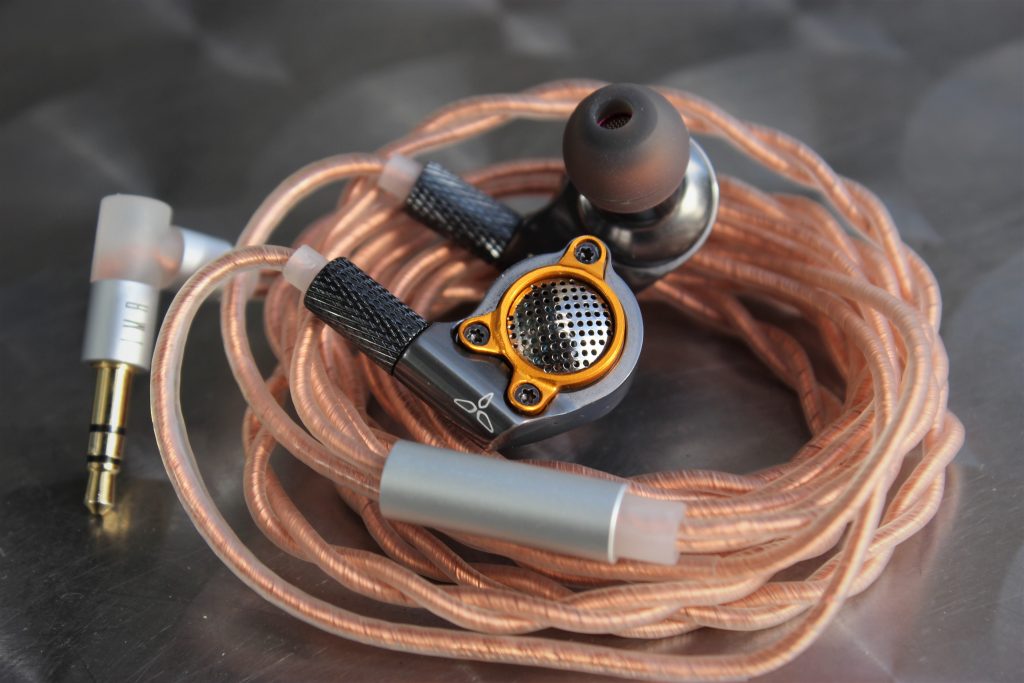
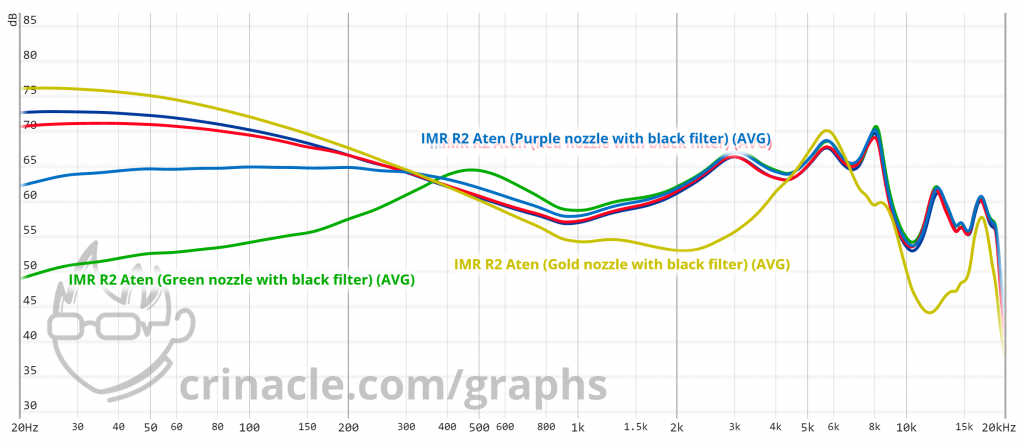



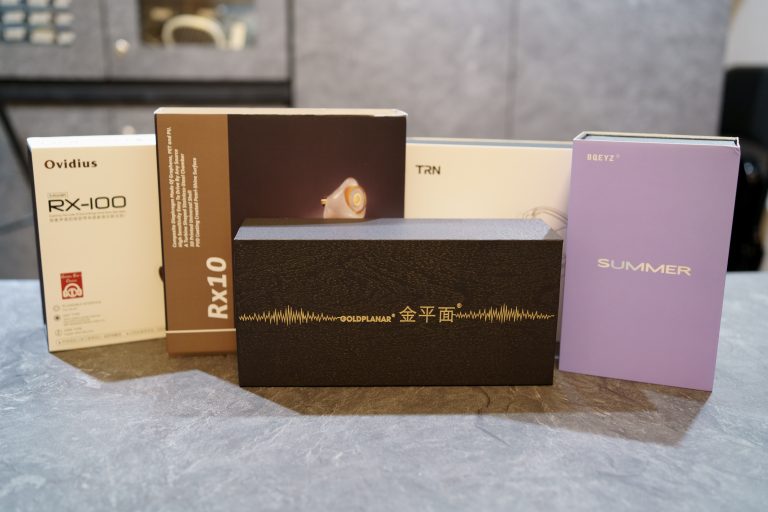
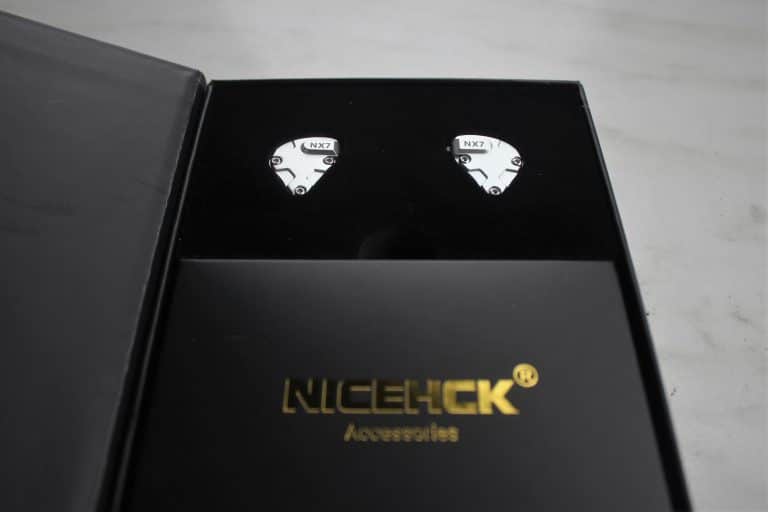







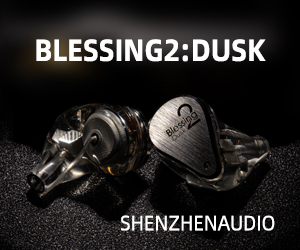
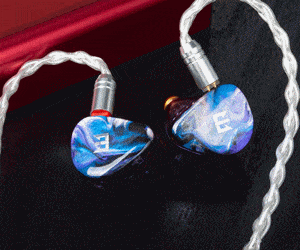

9 thoughts on “IMR R2 Aten Review: Special Mediocrity”
So many options to choose, thats cool. And you didn’t find one you like? I think your goal is to generate traffic for your site not real reviews, thats sad. Some time ago your reviews where helpful.
I guess my reviews were only helpful when they agreed with you, huh?
Great review, will save my monies for other gear and pass on those despite they are now on offer with 50% discount for used ones. Thanks
I noticed you seems to actually have heard of the radius TWF41 there, why no put them in your list?
or none of Radius offerings for that matter?
they’re still being sold as new, updated simply for an inclusion of 2.5mm Balanced cable.
kill yourself
deaf
kys